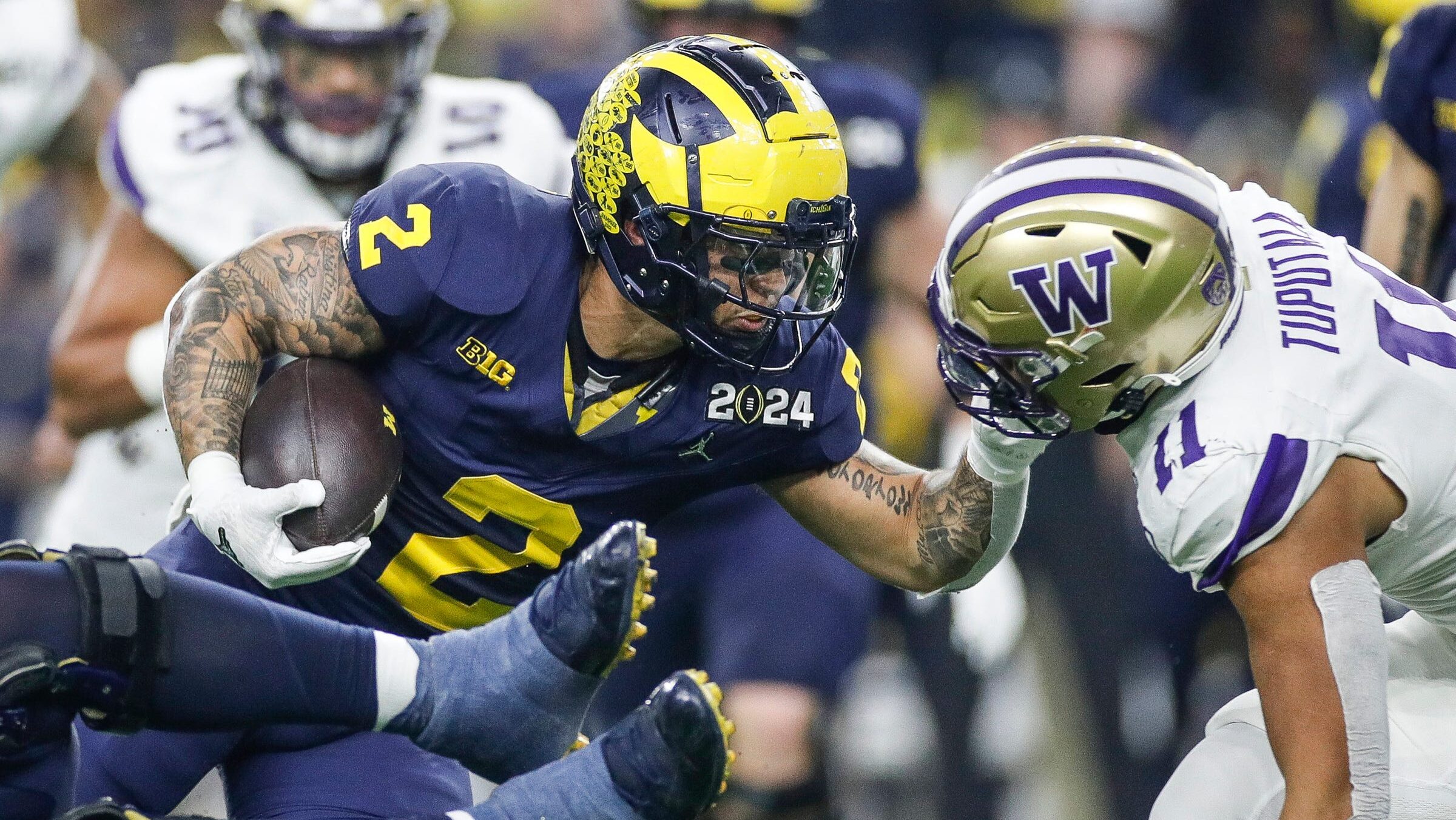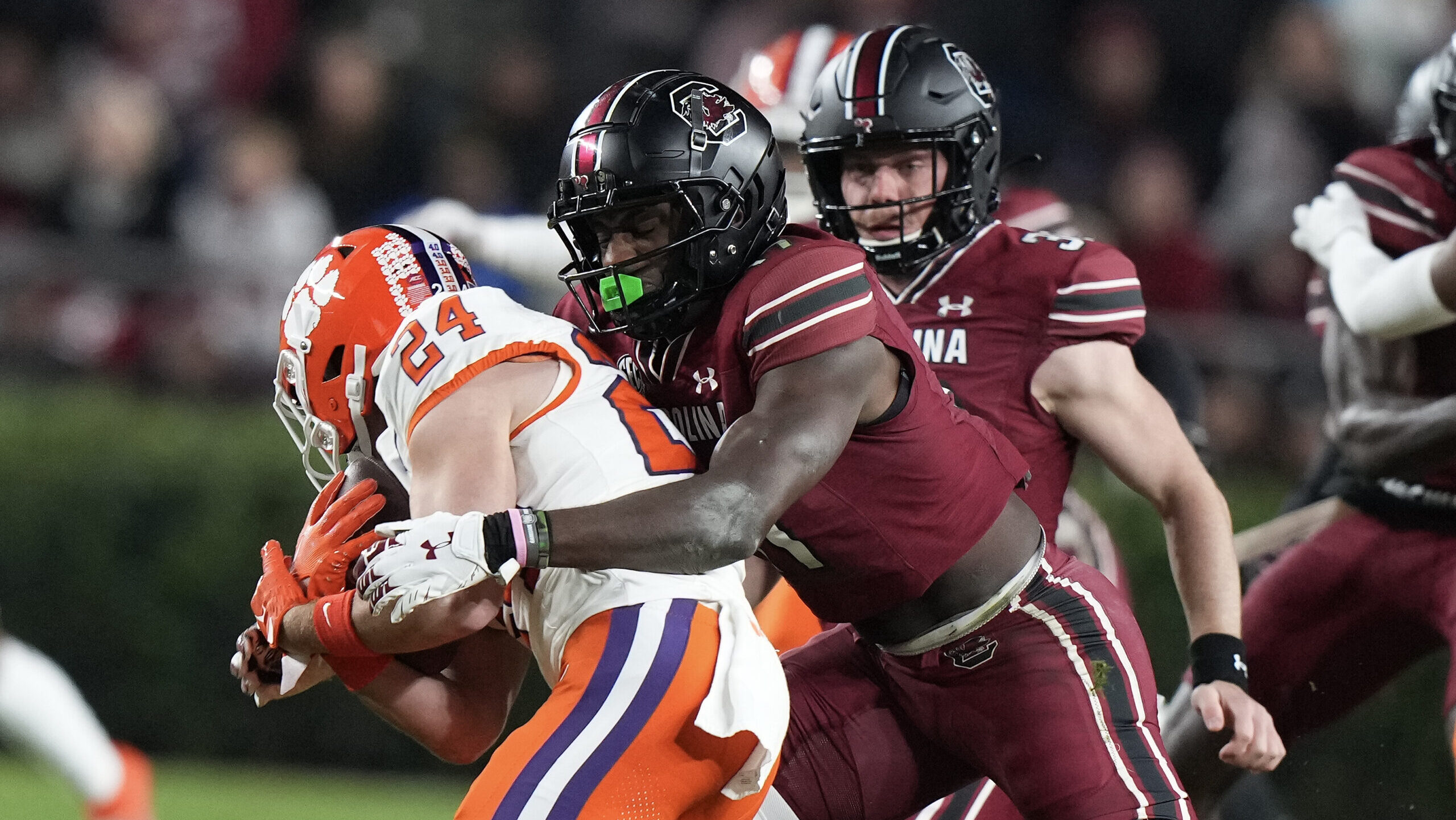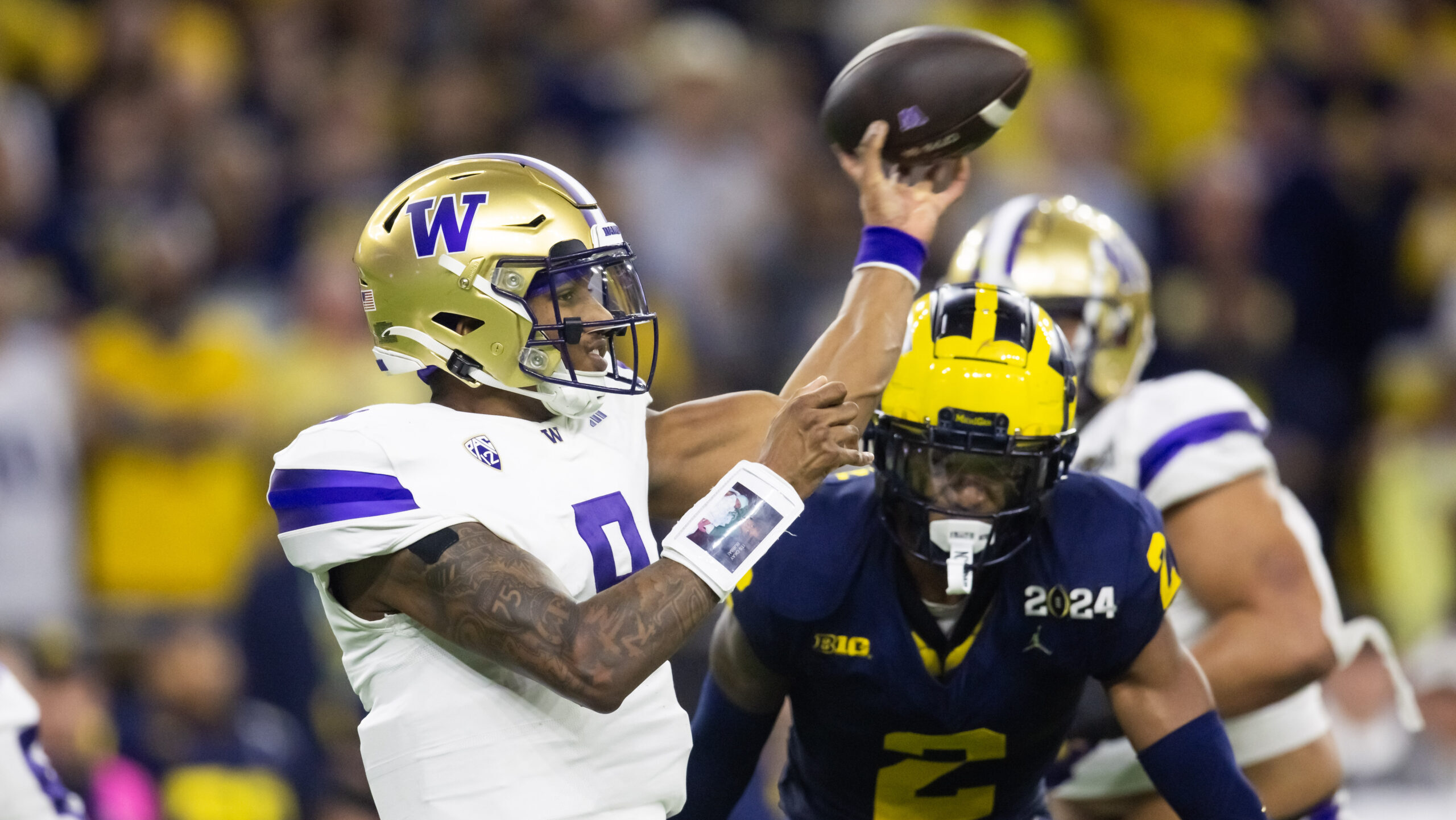Fantasy
8/2/22
6 min read
Fantasy Football: Stacking 101

What is Stacking?
Stacking is the simple practice of pairing teammates on the same offense together in your fantasy lineup, whether it be best ball, traditional redraft, or DFS.
Stacking is all about taking advantage of correlation, the idea that players’ fantasy outcomes are not mathematically independent but instead interdependent, and tend to move in similar patterns. The most conventional form of stacking is the practice of pairing a QB with a WR, and it’s the case study I’m going to dive into today.
If you’re a so-called stacking veteran, however, you know that there are plenty of other types of correlation to take advantage of, stacking multiple wide receivers on the same team, stacking tight ends with quarterbacks, even stacking players who are playing against each other in the same lineup. I’m going to dive into both the theory and math behind stacking in order to convince you that it’s time to move into 2022, and stack in almost all formats and leagues in your fantasy football life.
Why This Approach?
So why choose stacking? What’s so special about this mythical statistical attribute called correlation, and how can it help me win my league?
Correlation isn’t some special boost that improves your expected fantasy value. Having correlated player outcomes doesn’t suddenly increase your average fantasy points. However, correlation does increase the probability that you hit a ceiling outcome on your fantasy team through reducing the number of variables that need to go right in order for your team to outperform ADP.
Of course, it also does the opposite; it also reduces the amount of variables that need to go wrong in order for your team to underperform their average case. The power of stacking comes from realizing that an underperformance and an average performance are functionally the same thing in fantasy football, a game that usually only cashes out the top couple of players in any given league.
Let’s think about how correlation works over the course of a season. If we draft a quarterback like Justin Herbert and a receiver like Marquise Brown in the early couple of rounds, then in order to win our league and make our money back, we likely need both Herbert to have a better season than projected and Marquise Brown to have a better season than currently projected. These two outcomes are almost entirely independent. If Herbert does have a better season than projected, it doesn’t alter the probability that Brown has a better season and vice versa. We need at least two entirely independent variables to go our way in order to win our league.
Now, imagine instead of having Marquise Brown on your team, you have Keenan Allen. Suddenly, we’ve activated the power of correlation. Now, if Justin Herbert has a better season than projected, it means there are more passing yards and passing touchdowns in the Chargers offense up for grabs, and Keenan Allen is a likely beneficiary of the new opportunity. We would expect that Keenan Allen also outperformed his projection, making him a relative steal at ADP. Instead of needing two variables to go our way, we need just one: the Chargers offense exploding this year. Correlation in stacking is a powerful statistical force that, when used properly, reduces the number of variables needed in order for your fantasy football team to hit a high end ceiling.
Mathematically, by drafting Brown and Herbert, any touchdown that Herbert throws only contributes four points to my fantasy team. However, drafting Keenan Allen instead of AJ Brown will grant me an expected value of 5.5 fantasy points, if we assume that Keenan Allen has a 25% command of Herbert’s passing touchdowns. The points from the yardage Herbert throws compounds in a similar way by having Keenan Allen instead of Marquise Brown.
Go Forth and Stack Away
Leveraging correlation is an easy method to turn player and team variance into a positive force for good for your fantasy team.
When you need less variables to hit, then you’re less likely to be in the common situation where some parts of your team hit, but other parts bust, effectively wasting that potential great season. Stacking aligns your team on the same timeline, so when you hit, you hit big, and you get wins, whether it be in traditional leagues on a week-to-week basis, or in best ball leagues over the course of a full season.
Some stacks are of course better than others, and leveraging positive correlation especially with cheaper QB-WR stacks is an efficient way to increase your team’s upside. Cheaper stacks generally don’t have ceiling outcomes priced into their ADP in the same way the early round picks do, so you can truly break your league wide open by hitting on a stack like last year’s Joe Burrow and Ja’Marr Chase.
In a similar vein, we don’t encourage stacking at the cost of reaching well past ADP. By reaching, you nullify some of the potential benefits of correlation through increasing the cost threshold of the player. If you’re taking a player a round ahead of ADP, the projection you need to beat to make the pick worth your while is significantly higher than if you had taken the same player at their actual ADP.
In other words, stacking and correlation of any kind is a tactic and a tool in your arsenal you should employ when appropriate to gain edges in your drafts in any format that pays out disproportionately to the top couple placements. It is not a cheat code or a shortcut to winning your league. With that all said, hopefully this is a useful introduction to some of the benefits and constraints of stacking, and I encourage you to leverage your new information in your drafts.








